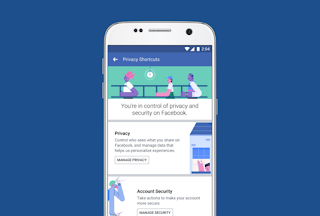Unfortunately Google URL shortener goo.gl shutting down

Google announced today that its URL shortening service, goo.gl, will be shutting down starting in April. Existing links will still function, but on April 13, users who haven't used the site (or have only used it anonymously) will no longer be able to create short links. Users who have already created goo.gl links will still be able to do so from the accounts they've previously used up until one year from today—March 30, 2019. Developer projects that haven't used goo.gl before today will be unable create short links with the service starting May 30 this year—those that have can keep using goo.gl up until that same March 30, 2019 cut-off. Google says it's winding down support for goo.gl in favor of Firebase Dynamic Links , single links that can lead to different destinations depending on the type of device they're accessed from. But Firebase Dynamic Links aren't a replacement to goo.gl short links; they're not something non-developers will hav





